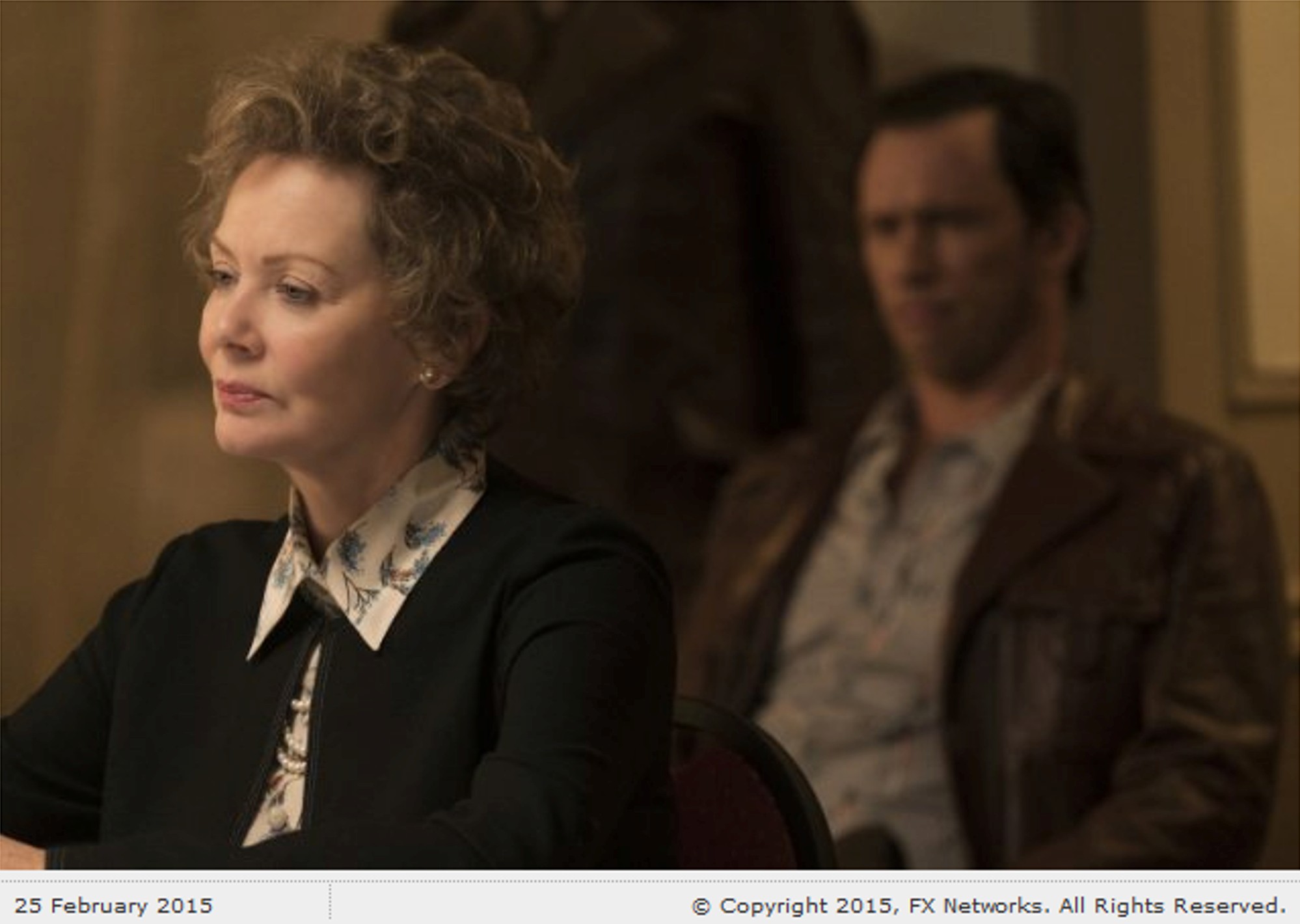It’s your friendly KF on KND Editor April here, with a video recommendation.
I am a huge fan of the films of the Coen brothers, and their film Fargo ranks very high among my favorite movies of all time. In that film, the best laid plans of the mousy, debt-ridden car salesman Jerry Lundegaard (played to jumpy, wide-eyed perfection by William H. Macy) go horribly awry.
The viewer can see immediately that this man is in way over his head when he hires two inept thugs to help him with a fake kidnapping and ransom scam. But in denial to the last, Jerry trudges ever onward, digging his hole deeper and deeper with each bad decision. Meanwhile, smart, level-headed (and very pregnant) policewoman Marge Gunderson follows the trail of clues with dogged and methodical determination.
Fargo is often described as a black comedy because there are many funny moments in it, but most of them are of the sort that inspire nervous, rather than amused, laughter.
Fargo has now come to the small screen in the form of an FX television series. I didn’t much care for season one. The source material is simply perfect in terms of tone and plot, and to me, the first season of the TV show seemed a little uneven. It didn’t seem to balance the darkness with the light quite so expertly as the film had done.
Fargo: Season Two is much, MUCH better. It not only lives up to the source material: in some ways, it even surpasses the original.
From IMDB:
The all new “true crime” case of Fargo’s new chapter travels back to 1979 in Sioux Falls, South Dakota and Luverne, Minnesota, where a young State Police Officer investigates a case involving a local crime gang and a major Mob syndicate.
The Cast Is Excellent
The cast is a terrific mix of bigger name actors (Kirsten Dunst, Patrick Wilson, Ted Danson, Brad Garrett, Jean Smart), character actors (Jesse Plemons, Jeffrey Donovan, Nick Offerman, Bokeem Woodbine) and relative unknowns, and every single one of them inhabits their character completely.
It would be very easy to play these thickly-accented Midwesterners for laughs, but from the girl who works the butcher shop counter to the aging matriarch of the Gerhardt organized crime family, every single one comes across as a person, not just a character in a TV show.
There’s a quiet dignity and strength in the smalltown lawmen played by Patrick Wilson and Ted Danson. A believable and relatable desperation infuses the characters of the unintentionally homicidal Blomquist couple. The controlled, intelligent menace of Milligan, the crime lieutenant of those who oppose the Gerhardts, is chilling. It provides a striking counterpoint to Dodd Gerhardt, the son who’s a little too anxious to take the reins of the Gerhardt family from his mother and a little too hotheaded to be anything but a dangerous loose cannon.

The Art Direction
This is a period piece, set in 1979, and the production doesn’t miss a single detail. I was a teenager at that time and remember all too well what the aesthetics of the 70s were like.
From the Burnt Gold and Avocado appliances to the bell bottom trousers, green and blue eye shadow, sunken “conversation pit” living rooms, shag carpet, frosted and feathered hair and polyester shirts, the art direction, costume design, set design and makeup in this series is spot-on. It amps up the realism and makes the characters and their lives seem like something viewed through the window of a time machine.
Writing, Direction and Editing
This is a plot with many threads, in which the accidents, private agendas, seemingly innocuous actions, or coincidences of one character spin out into all kinds of unintended consequences and clashes with other characters. The inclusion of references to the Women’s Lib and self-actualization movements of the 70s culture are masterful strokes as well.
The writers manage this balancing act amazingly well, and the actors play their roles to believable, sometimes hapless perfection. In spite of all that’s going on, the viewer never feels confused, thanks in large part to the editing. Period screen transitions are used as well, and this adds to the overall 70s feel.
The opposing viewpoints and goals, from the warring crime families to the battle between law enforcement and the local citizenry involved in the goings-on, are so well balanced that it’s impossible to predict what’s going to happen next. A character who seems untouchable in one episode is brought low in the next. A character who seems sweet and innocent in one episode is revealed to be a schemer later on. A police officer who comes across as somewhat of a country bumpkin initially is later shown to have an incisive mind and surprisingly tough mettle.
The trailer below gives an excellent overview of this season, but be warned: it contains violence and strong language, and should be considered NSFW (Not Safe For Work).
Worth the Buy, In My Opinion
As of this writing (on 11/10/15) you can get a season pass for Fargo Season Two for $16.99 in SD and $25.99 in HD. Given the many nuances, subplots, undertones and amazing actor performances, this is a show where you can get more out of it with each subsequent viewing, and it’s often worth re-screening episodes to catch small details you didn’t notice on first viewings.
With its period look, both in terms of lighting and color palette, I felt it wasn’t necessary to go for HD on this one. To me, the SD version only adds to the 1970s aesthetic. Either way, I think Fargo Season Two is well worth the buy.
* * *
Tech Tip of the Week: Converting CDs To MP3: The Basics
* * *


